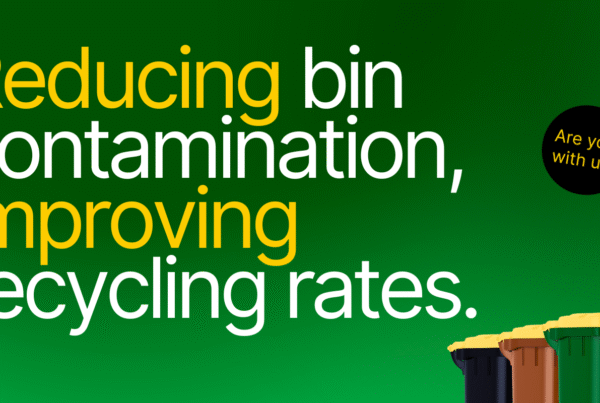 Zero-waste living has become increasingly popular in recent years, with individuals and families seeking ways to reduce their carbon footprint and make a positive impact on the environment. One area where we can make a significant impact is in the kitchen, where we generate a significant amount of waste. In this blog post, we’ll explore some simple and effective ways to create a zero-waste kitchen and help save the planet one meal at a time.
Zero-waste living has become increasingly popular in recent years, with individuals and families seeking ways to reduce their carbon footprint and make a positive impact on the environment. One area where we can make a significant impact is in the kitchen, where we generate a significant amount of waste. In this blog post, we’ll explore some simple and effective ways to create a zero-waste kitchen and help save the planet one meal at a time.
1. Reduce Food Waste
Food waste is a significant problem, and reducing it is an essential part of creating a zero-waste kitchen. One way to reduce waste is to plan meals in advance, so you only purchase the food you need. Use a shopping list, buy in bulk, and avoid pre-packaged items that generate unnecessary waste. Additionally, make use of leftovers and transform them into new meals to avoid throwing them away. You read our blog on reducing food waste here.
2. Use Reusable Containers
Single-use plastics are a major contributor to environmental pollution. In a zero-waste kitchen, it’s important to use containers that are reusable and avoid plastic bags, wrap, and packaging. Glass containers, mason jars, and beeswax wraps are all excellent alternatives to disposable items.
3. Composting
Composting is an excellent way to reduce the amount of waste generated from the kitchen and create nutrient-rich soil. Collect food scraps, paper, and yard waste and add them to a compost bin or pile. The compost can then be used in the garden to grow fruits and vegetables, creating a closed-loop cycle.
4. Reduce Energy Consumption
Reducing energy consumption in the kitchen is another way to create a zero-waste environment. Choose energy-efficient appliances, such as induction cooktops and refrigerators with an Energy Star rating. Additionally, cooking with lids on pans reduces cooking times and energy used, while air-drying dishes saves energy by avoiding the use of a dishwasher.
5. Grow Your Own Food
Growing your own food is an excellent way to reduce waste and create a sustainable kitchen. Even a small garden can provide fresh produce while reducing packaging and transportation waste associated with purchasing food. Additionally, gardening is a fun and rewarding hobby that can be enjoyed by the whole family.
Conclusion:
Creating a zero-waste kitchen is a significant step towards making a positive impact on the environment. By reducing food waste, using reusable containers, composting, reducing energy consumption, and growing our own food, we can create a sustainable kitchen that helps save the planet one meal at a time. These simple tips are easy to implement and can make a big difference in reducing our carbon footprint and promoting a healthier planet for future generations. So, let’s embrace the zero-waste lifestyle and create a better world for everyone.






